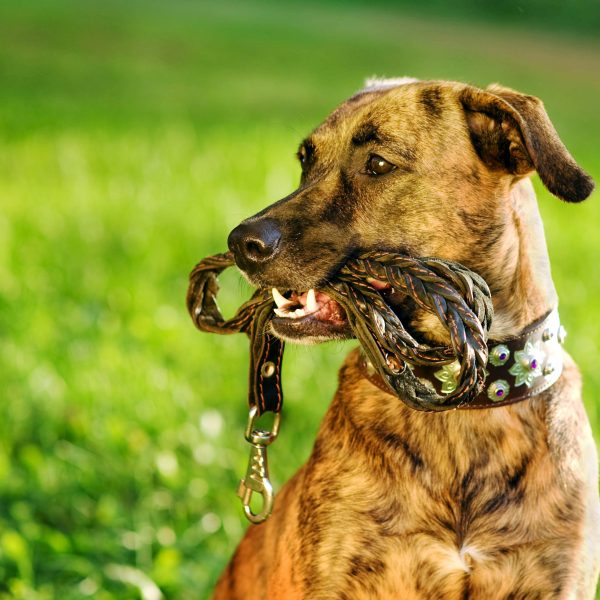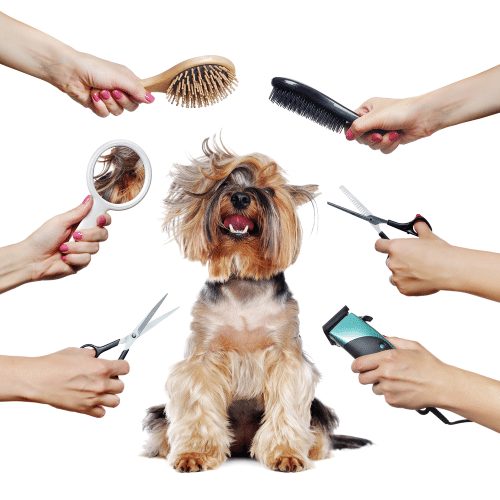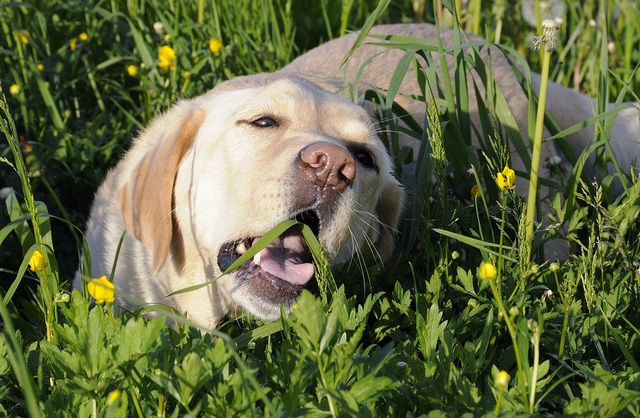Establish firm responses to your commands while your dog is on a leash, then progress to a long line. When transitioning to an unfenced area, gradually introduce distractions.
Is your dog yearning for the freedom of running off-leash? The vision of them sprinting across an open meadow, unrestrained and wind-ruffled, chasing scents into the woods is a quintessential dog fantasy. Regrettably, many dogs never get to experience this thrill because their owners haven’t trained them to be reliably off-leash. If your dog is constantly tied to you like an umbilical cord during hikes, it’s time to take action!
On-Leash Training:
Before venturing into off-leash territory, your dog needs a solid foundation of good manners training on a leash. Typically, this begins in a group class setting with a qualified force-free training professional and then extends to real-world situations. The prerequisites for your dog to walk with you off-leash include:
– Polite leash walking ability.
– A solid response to your recall cue (“Come!”), crucial for a quick and reliable return during off-leash activities.
– Targeting, where your dog approaches and touches its nose or paw to your hand or another part of your body, a helpful counterpart to recall.
– “Find It” cue, prompting your dog to search for treats dropped at your feet, another method to grab your dog’s attention and bring them back to you.
Generalize Your Dog’s Training:
The next step is to generalize your dog’s training by practicing good manners behaviors in various public places and dog-friendly commercial locations. Specifically, focus on distance work and blind work, gradually advancing to more advanced skills as outlined in “Beyond Basic Dog Training,” May 2021.
Start in a Large but Secure Space:
Initiate off-leash training in a private, securely fenced area. Use a long line, a leash between 20 and 100 feet long, for distance control while allowing your dog some freedom. Practice essential commands, such as “Rocket Recalls,” “Touch,” or “Find It.” Utilize high-value reinforcers and make it fun for your dog. Apply the Premack Principle, rewarding more desirable behaviors like walking off-leash with the opportunity to engage in activities your dog loves, such as sniffing or digging.
Off-Leash Training in the Real World:
When your dog responds reliably within the fenced area, transition to off-leash training in designated and legal public spaces. Start with a long line, gradually increasing distance while ensuring a positive association with engaging with you rather than exploring independently. Transition to off-leash during low-activity times, progressing to higher-activity periods.
Err on the Side of Caution:
Exercise caution during off-leash activities, considering potential distractions and assessing the environment. Keep off-leash sessions short, monitor for potential disruptions, and be ready to leash your dog if needed. Avoid busy streets and prioritize dog-friendly open spaces for off-leash adventures.
Remember, safety is paramount, and if anything feels off or your dog isn’t responding well, don’t hesitate to use a leash. Enjoy the journey of off-leash training, progressing gradually for a positive and successful experience for both you and your furry friend.
Genetics matter
Remember that certain dogs are more naturally inclined towards off-leash training than others. Breeds like herding and sporting dogs, designed to work closely with humans, often find staying near their owners more rewarding. On the other hand, breeds like hounds and terriers, genetically wired to enjoy independent pursuits, may initially be more inclined to roam. This doesn’t imply that your Beagle can’t learn off-leash skills – it just might require a bit more effort compared to someone training a Border Collie.











